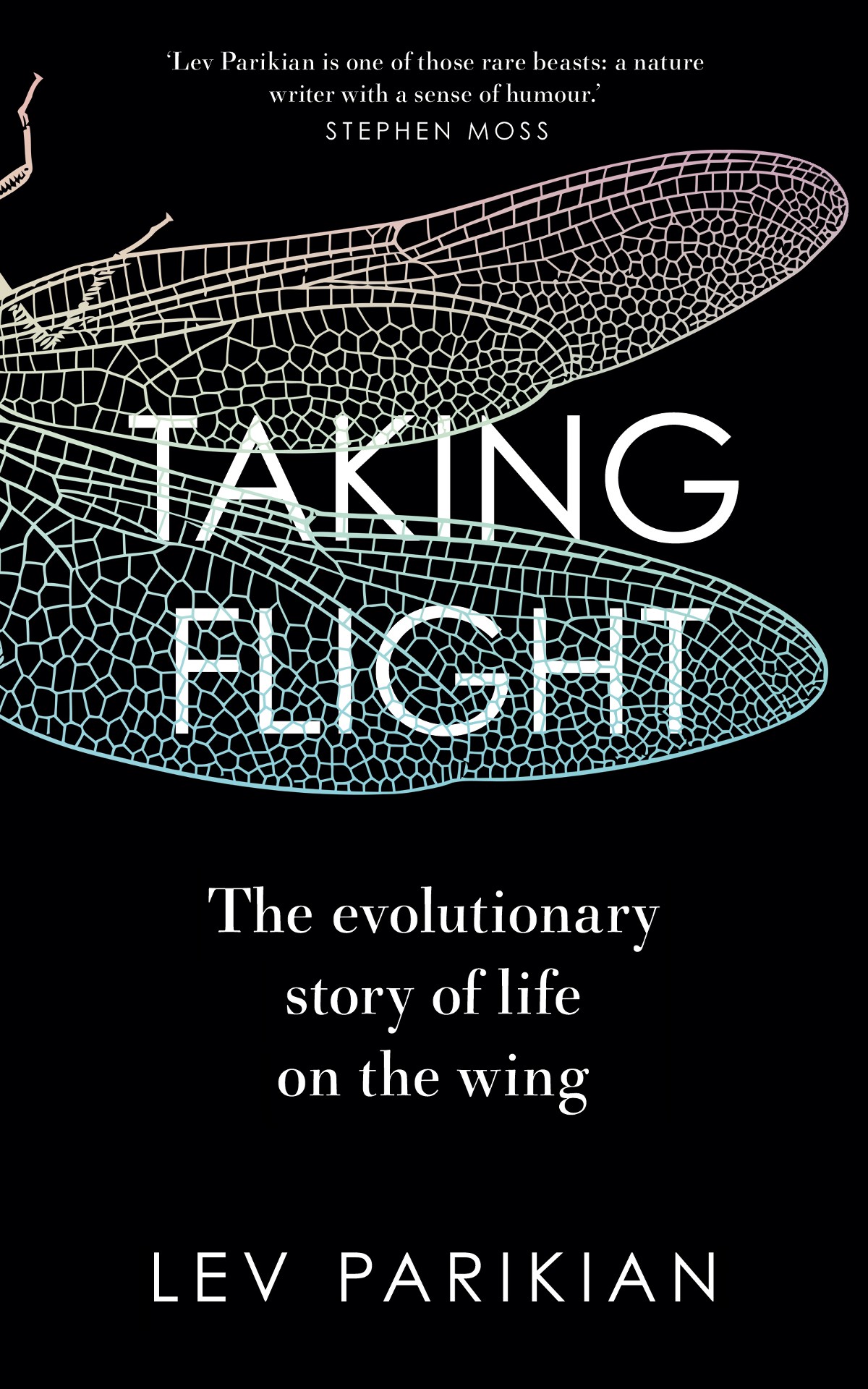Taking Flight
- Taking Flight: The Evolutionary Story of Life on the Wing by Lev Parikian
- Elliot and Thompson, London, 2023. 256 pages.
- ISBN: 9781783967032. Hbk, £16.99.
This new title offers a compelling, chatty and wildly informative look at the various species on Earth with the ability to fly. Written by nature writer and birder Lev Parikian, it presents an evocative, entertaining and educational flight path through the natural histories of various winged creatures. The scene begins with a bleak January day, the author birding from the great indoors and spying Blue Tits alighting on a feeder. This will be an encounter familiar to most and, as Parikian rightly notes, the acrobatic attributes of garden birds are "a thing so normal, so entirely taken for granted, that we forget how extraordinary it is."
This book takes a deep dive into the phenomenon of flight to explain the how, why and when of various airborne bodies. With a vast array of flyers to choose from this was always going to be a tough selection process, but Parikian's choices are engaging and ingenious, made on the basis of personal preference and diverse flying techniques (six birds), the first creatures to take flight (six insects), extinct forms (two dinosaurs) and our closest flying relatives (bats).
Through a series of chapter case studies, we journey through evolutionary adaptations, the mechanics of aeronautics and anatomies – lift, thrust, weight and drag – in a persuasive and informed style that makes natural history come alive. The first chapter of this 'chronological and evolutionary history of flight' takes us from the evocative spring scene of a Mayfly hatch to the recesses of 'deep time' and the fossil fragments that suggest how and why insects first hauled themselves out of the water and developed wings.
The world of flying things is illuminated in charming detail: from the dragonfly and its distinctive aerial contortions and the beetle family and its innovative 'elytra' casings, to the much-maligned fly and the tiny organs known as halteres that allow for extreme control during flight and 'too heavy to fly' bees (which, we discover, evolved from wasps). There are some playful additions – the predatory hunting techniques of pterosaurs, the avian genealogy of Archaeopteryx and the flightless penguins, their wings repurposed for swimming. Goose, hummingbird, albatross, pigeon and bat complete the winged menagerie.
This book certainly takes readers on a flight of fancy – across time, space and species. It is packed with knowledgeable detail on the wings and ways of the airborne, though perhaps might have said more on the myriad threats facing non-humans in the Anthropocene – from neonicotinoids that mess up the ability of bees to fly straight to night-lit skyscrapers that impede the routes of migratory birds. What does come through, however, is a sense of the wondrous feats of these amazing species.
In the afterword, Parikian notes how the ability to fly must open up an astonishing three-dimensional world for those able to spread their wings and take a leap. Icarus wings and Boeing 747s notwithstanding, that 'innate ability' might elude us humans, but Taking Flight at least provides the opportunity for a fascinating jump into a world of feathers and flutters, swarms and soars. As Parikian says of his 14 winged superstars: "All we can do – must do – is look on and cheer."


